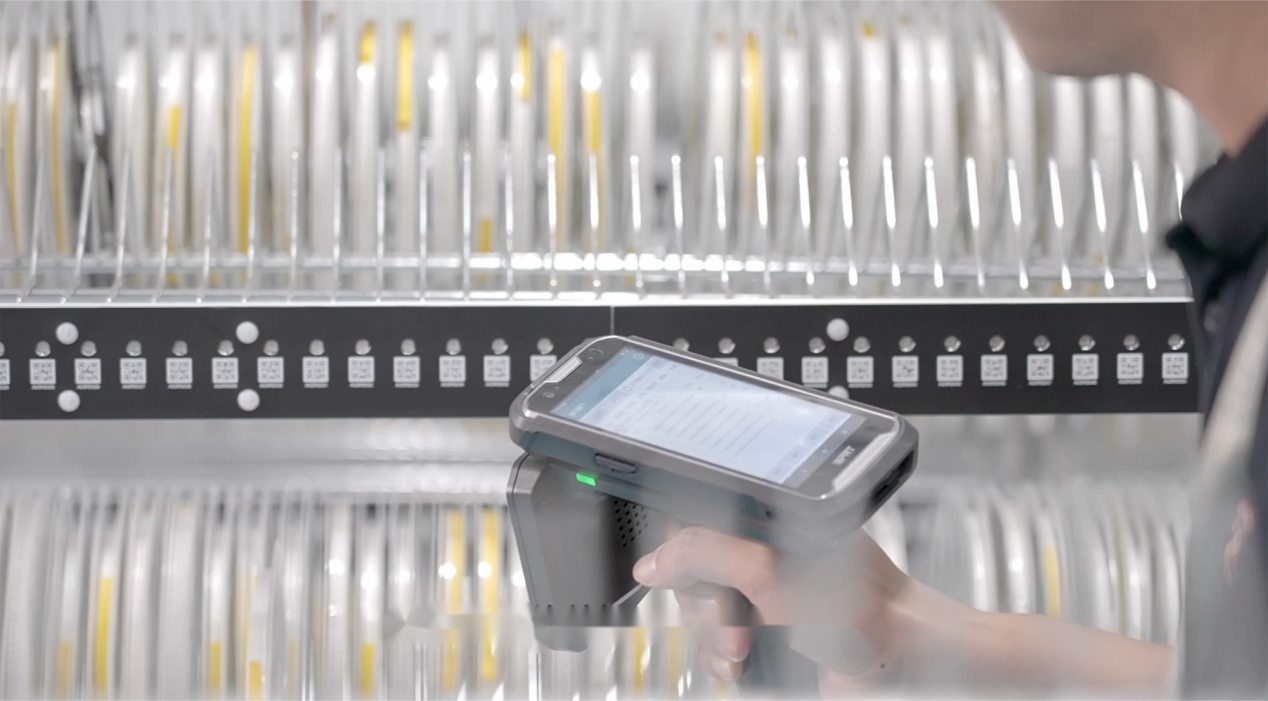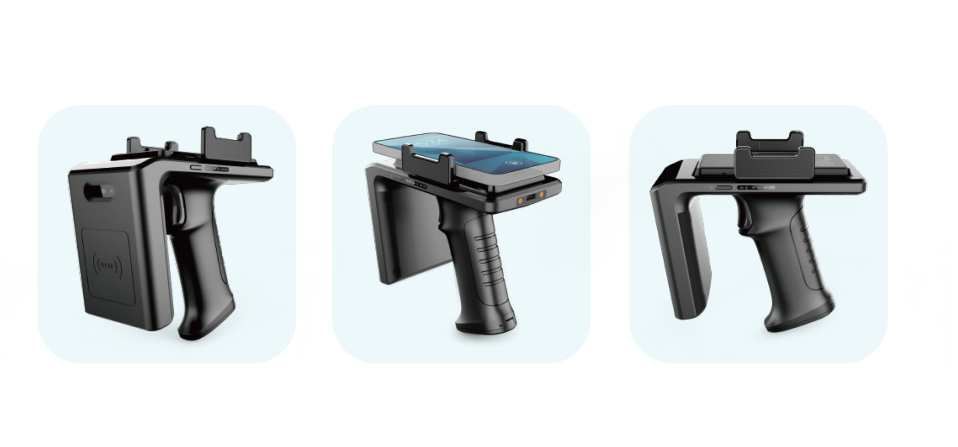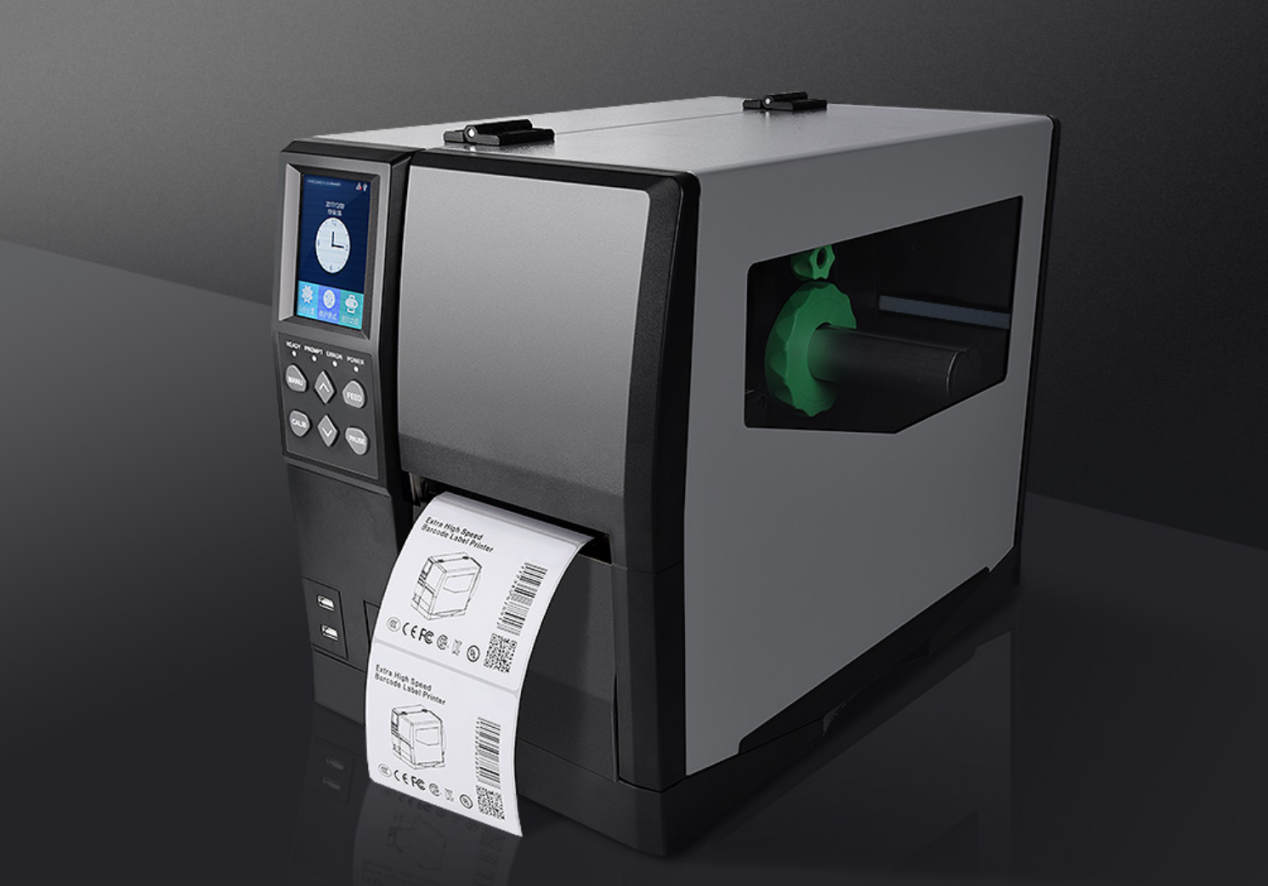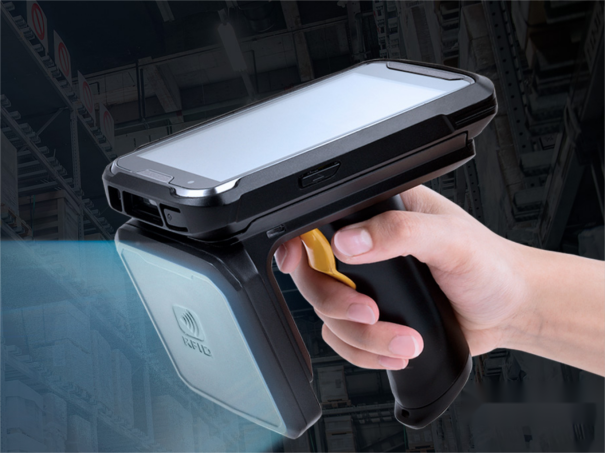RFID for Tracking File and Managing Documents
2024-03-29 18:03
With the ever-increasing volume of documents generated and stored in today's business world, efficient and accurate file tracking has become a critical issue. These files are of great importance, possessing significant legal, financial, or historical value, such as corporate contracts and patent certificates. They may contain sensitive information, such as personally identifiable information and trade secrets.

Hospitals, banks, insurance companies, government agencies, and other organizations traditionally rely on manual filing and barcode scanning for file tracking and management, which are time-consuming, error-prone, and difficult to scale. Now, RFID file tracking systems offer a powerful solution to these challenges, using radio frequency identification technology to track and manage documents in real time, greatly enhancing work efficiency.
Benefits of RFID File Tracking System
Unlike barcode scanning, which requires a clear line of sight, RFID's contactless technology allows for swift tag reading even in visually or environmentally difficult areas. This advantage also extends to bulk identification, enabling efficient tracking of numerous items simultaneously without individual scanning.
Among the different RFID frequency options, Ultra-High Frequency (UHF) RFID shines due to its distinct advantages. Compared to high or low-frequency systems, UHF offers several benefits:
1. Fast Read/Write: Information is exchanged quickly between tags and readers, for instance, the HPRT RF2 RFID reader can read up to 200 tags per second.

2. Long Read Range: Locate tagged items from afar, improving efficiency.
3. Large Data Storage: Store more details about each item on the tag itself.
Compared with other management systems and methods, RFID technology boasts the capability of large-scale rapid automatic inventory, accurate real-time location and efficient information management, thereby significantly improving the efficiency and accuracy of archive management.
Who Needs an RFID File Tracking System?
High-volume transaction environments like banks, hospitals, and government agencies find RFID tracking documents systems highly efficient, moreover, these systems excel at managing documents that progress through multiple processing stages.
Furthermore, for entities like legal firms and security agencies where information confidentiality is critical, RFID's robust security features make it an indispensable tool.
How an RFID File Tracking System Works
An RFID file tracking system works by using RFID tags to track the location of documents.
1. Tagging the Files
In the initial phase, an RFID printer is used to print UHF RFID tags in bulk and encode them with information, which is then affixed to the archival materials, typically file bags or boxes.

2. Linking Files to Locations
Subsequently, a handheld RFID terminal scans the UHF RFID tags on the files ready for shelving, and then scans the shelf location tags to link the files with their storage positions, recording this in the file tracking software system.
3. Retrieve Files
When a specific document needs to be located, the RFID reader can be used to query and verify its detailed information, swiftly providing the exact shelf and location, making the search quick and efficient.
Since documents and files are often made of paper or other fragile materials that are prone to damage, utilizing RFID technology prevents the extensive time usually spent searching through files and reduces the risk of damage.
Beyond file retrieval, an RFID file tracking system also facilitates the digitized management of tasks such as RFID file inventory, borrowing, returning, and inventory checks in the RFID archives.
RFID Hardware in the File Tracking System
An RFID file tracking system typically includes RFID tags, RFID readers, RFID printers, and RFID file tracking software.

HPRT offers an extensive array of RFID hardware suitable for establishing RFID file tracking systems. Particularly, our high-performance RFID label printers excel in producing various sizes of UHF RFID barcode labels with a precision of up to 600dpi. These printers deliver stable output even under harsh conditions such as high humidity, high temperature, and dusty environments, sustaining long periods of intense printing.
Moreover, the widely used HPRT RF2 handheld RFID reader utilizes Bluetooth communication to connect with PDAs, mobile phones, and tablets, etc., It features a long reading distance and a high group reading rate. This RFID terminal is equipped with a large-capacity 5200mAh lithium battery, and it ensures long-lasting performance, supporting over 12 hours of normal scanning operations and 2 hours of continuous scanning.
HPRT's RFID hardware products are used widely to track documents in a variety of industries, including retail, clothing, warehousing, logistics, healthcare, finance, and manufacturing.

Feel free to contact us to get more details of our RFID hardware products and their applications.







